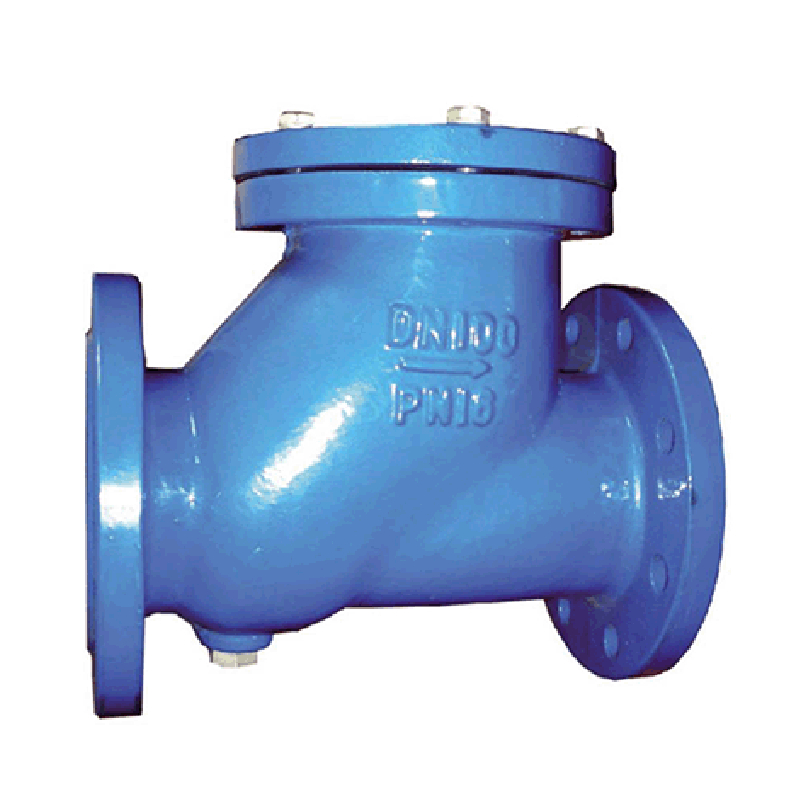Nov . 17, 2024 04:28 Back to list
ci flanged ball valve
The CI Flanged Ball Valve A Comprehensive Guide
When it comes to managing fluid flow in industries such as oil and gas, water treatment, and manufacturing, the choice of valve plays a critical role in system efficiency and safety. One such valve that has gained popularity in various applications is the Cast Iron (CI) Flanged Ball Valve. This article aims to explore the design, advantages, applications, and maintenance practices relevant to CI flanged ball valves.
Design and Construction
The CI flanged ball valve is engineered with a spherical disc (the ball) that rotates on a fixed axis to control fluid flow. The valve is typically made from cast iron, which offers excellent durability and strength. One of its defining features is its flanged connection, allowing it to be easily installed or replaced within piping systems.
The valve comprises several crucial components, including the body, ball, seat, stem, and actuator. The ball can be designed to provide either a full or reduced bore, depending on the required flow characteristics. Full bore designs are often preferred in applications where minimal pressure drop and high flow rates are critical.
The flanged ends of the valve are machined to create a flat face that conforms to the corresponding flanges in the piping system. This design ensures a tight seal when bolted together, minimizing the risk of leaks and enhancing the valve’s operational reliability.
Advantages of CI Flanged Ball Valves
1. Durability The use of cast iron in construction provides excellent resistance to wear, corrosion, and extreme temperatures, making these valves suitable for a wide range of applications.
2. Easy Installation The flanged design allows for straightforward installation, as flanged valves can be easily bolted onto existing piping systems.
3. Low Torque Requirements Unlike many other valve types, flanged ball valves require less torque to operate, facilitating easier manual or automated control.
4. Versatile Applications CI flanged ball valves can handle various types of fluids, including water, oils, chemicals, and gases, making them versatile for multiple sectors.
5. Tight Sealing When fully closed, the ball seats tightly, resulting in minimal leakage and significant control over the flow of fluid.
6. Straight-Through Flow Path Due to their design, flanged ball valves provide a straight-through flow path with minimal turbulence, which is beneficial in maintaining pressure and flow rates.
Applications
ci flanged ball valve

CI flanged ball valves are commonly used in applications across various industries. Some notable applications include
- Water Treatment Facilities These valves control the flow of water and chemicals used in treatment processes, ensuring the safe operation of treatment plants. - Power Generation In power plants, CI flanged ball valves manage the flow of steam and water, contributing to the overall efficiency of energy production.
- Oil and Gas They are integral in pipelines and refineries, handling both crude oil and natural gas fluids.
- HVAC Systems In heating and cooling systems, these valves regulate the flow of heating water or refrigerants.
Maintenance Practices
To maximize the lifespan and performance of CI flanged ball valves, regular maintenance is essential. Here are some best practices
1. Regular Inspections Periodically inspect the valve for signs of wear, leakage, and corrosion. Pay special attention to the seat area and stem seal.
2. Lubrication Keeping the stem lubricated can reduce friction and wear, extending the life of the valve.
3. Cleaning Debris can accumulate in and around the valve, affecting performance. Regular cleaning is vital to maintain optimal function.
4. Flange Tightening Ensure that flange connections are secure but not overtightened, as this can lead to flange distortion and leaks.
5. Replacement of Worn Parts Regularly check and replace worn components, such as seats and seals, to uphold the valve’s performance.
Conclusion
The CI flanged ball valve stands out as a reliable and versatile component in fluid control systems. Its robust construction, ease of installation, and effective sealing capabilities make it an ideal choice for various applications. By understanding its design, advantages, and maintenance needs, engineers and operators can optimize the performance and longevity of these vital components in their systems. Whether in industrial, commercial, or municipal applications, CI flanged ball valves continue to play an essential role in managing the flow of fluids efficiently and safely.
Share
-
Reliable Wafer Type Butterfly Valves for Every IndustryNewsJul.25,2025
-
Reliable Flow Control Begins with the Right Ball Check ValveNewsJul.25,2025
-
Precision Flow Control Starts with Quality ValvesNewsJul.25,2025
-
Industrial Flow Control ReliabilityNewsJul.25,2025
-
Engineered for Efficiency Gate Valves That Power Industrial PerformanceNewsJul.25,2025
-
Empowering Infrastructure Through Quality ManufacturingNewsJul.25,2025


